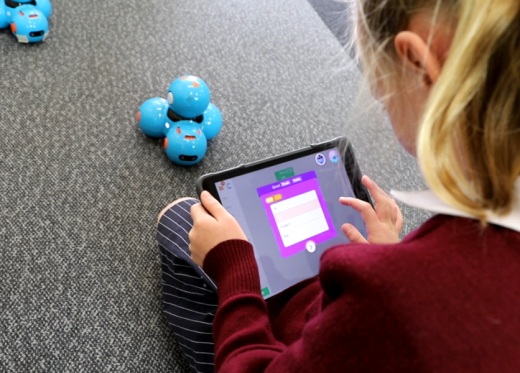The Spalding Method is used to teach listening, speaking, spelling, writing and reading at Collegiate. This multisensory approach highly benefits students with dyslexia. It is inclusive and means children can learn using the same program, in the same classroom, with their peers. The use of the Spalding Method is the reason that I enrolled my daughter at Collegiate, and it is worth every dollar invested. My daughter has made such great progress as a result.
A Year 1 Parent
At Collegiate, the Spalding approach for teaching English provides explicit, sequential, multisensory instruction in listening, handwriting, spelling, reading, writing, punctuation, grammar, and vocabulary. Beginning in early childhood classes, students are actively involved with their learning, developing critical thinking skills applicable across the curriculum.
Spelling knowledge begins with phonemic awareness, systematic phonics and vocabulary. Reading is taught through literacy appreciation, text structures and mental actions. Writing develops by using high-frequency vocabulary, teaching sentence construction and composition.
The Spalding philosophy embraces a child-centred approach, where teachers set realistic, but high expectations for their students. Our teachers promote the development of higher-level thinking by providing opportunities for analysis and evaluation in the context of literacy learning.


